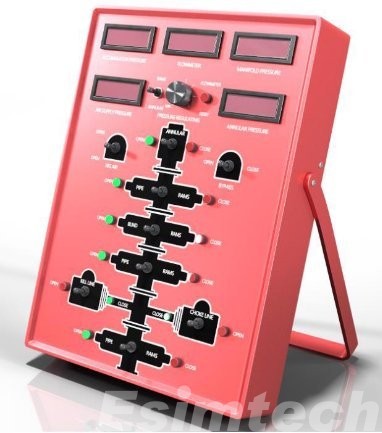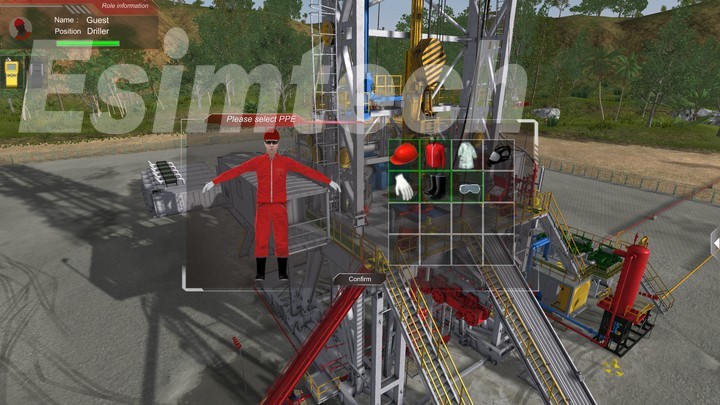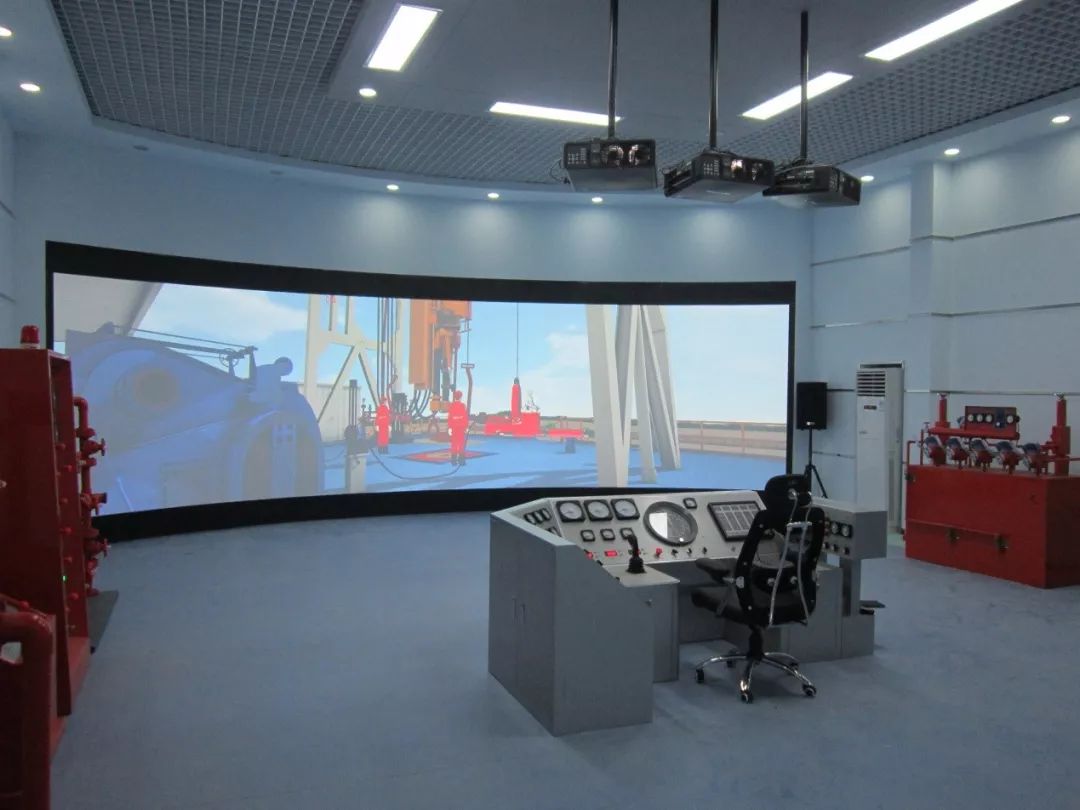How To Prevent Blowout
الجسم
Blowouts are without a doubt the most dangerous and catastrophic possible disasters in the area of oil drilling. They can cause serious injury, even death, as well as large-scale, catastrophic production shutdowns and a negative influence on succeeding well output. Blowouts can have major consequences for the environment. It is critical to have a well-control system in place when working with high-pressure drilling activities. You can reduce your chance of a blowout by taking precautions and following control procedures.v
The term "blowout prevention" refers to a variety of activities, ranging from preventative measures taken on drilling rigs to prevent "kicks" — the unexpected and unwanted flow of formation fluids into a well — to the use of sophisticated Blowout Preventers (or BOPs) designed to seal off a well in the event of an impending blowout. Here are the steps of "how to prevent blowout during oil drilling"

The first step in preventing blowouts is preparation.
In order to prevent kicks, drilling operators must balance the immense upward pressure of formation fluids going up the well with "drilling mud," also known as drilling fluid, a viscous liquid that resembles mud and comes in a variety of densities. Bottomhole pressure refers to the downward pressure of the drilling fluid. It is a difficult but necessary task for drilling fluid engineers to monitor and be cautious to ensure that the pressures are balanced.
The Signs of a Wellbore Kick
Every oil field worker understands the importance of maintaining a steady fluid balance in the wellbore. When the amount of drilling fluid unexpectedly and drastically increases, it is a signal that something is really wrong and a kick is occurring. Knowing the indications of a wellbore kick can allow you to take proper action and avoid a blowout.

How to Prevent Well Blowouts
Well blowouts can be averted in several ways before they occur. To reduce the likelihood of a leak or pressure escape, keep BOPs in good condition by cleaning out the mud and removing metal fragments with a downhole magnet. You should also be aware of how your equipment performs under harsh conditions. To accomplish this, run several computer simulations of diverse scenarios. Finally, ensure that everyone on the job site is always informed of the correct safety protocols in order to be prepared for any emergency.
A Blowout Protector
Before making a purchase, you should identify which type of blowout preventer (BOP) is best for your application. You can choose between ram blowout preventers and annular blowout preventers, each of which serves an important purpose. Whether you need a BOP for a long-term project or for immediate needs, your industry has a large assortment of new and secondhand components and equipment.
diverse BOPs with diverse functionalities may be used in a well.
It is critical to detect the problem, secure it as soon as possible, and then take proper action.

Summary
Ensure that your employees have the necessary control tools and information to know what to do in the event of a controllable kick. The easiest way to deal with a blowout is to prevent it from happening in the first place.
Esimtech is a manufacturer of simulation training systems for drilling and well control that can help certified professionals. As training simulators, we build entire oil and gas manufacturing lines. Please contact us if you have any specific requirements.








تعليقات